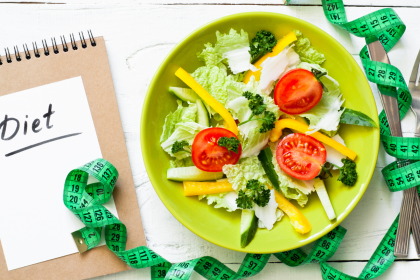Green is the new black. Or at least the black of the vegetable world. With school-aged children increasingly being introduced to veggies in the classroom, the demand for vegetables in the supermarket is ever increasing.
What are vegetables?
Vegetables are a healthy food group that contains a wide variety of nutrients and other components that help promote good health. Vegetables can be a part of a healthy diet, even if you choose not to follow a specific diet. They are a good source of fiber, vitamins, and minerals, including important nutrients such as calcium, magnesium, and vitamin A. In addition, vegetables contain a moderate amount of protein, which is a dietary essential. However, not all vegetables are equal. Some vegetables can be beneficial to health, while others may contain unhealthy levels of vitamins, minerals, or fiber. The best way to make sure you are eating a healthy diet is to pay close attention to what vegetables you are buying and how you prepare them.
As with all food, our definition of what a vegetable is broadens based on where the food came from. A vegetable is basically anything that grows above the ground (soil, tree branches, etc.) and is not a fruit or fungus. Basically, it’s anything that the plant kingdom doesn’t have the ability to reproduce itself.
Cooking in a microwave oven is a great way to get a quick meal started in a hurry, but it is a less than perfect method in a few key areas. One of the biggest problems is that microwave ovens do not maintain the correct cryogenic temperatures for veggies. This means that foods cooked in a microwave can have a chemical change that leaches the nutrients from the vegetables. To counter the effects of this, you can blanch your vegetables in a cryogenic blanching chamber.
It’s true that it’s hard to do, but it’s also true that the vegetables you prepare this way are more nutritious than any other method. The method involves placing vegetables in hot water for a specific period of time to stop the enzymes that will cause the vegetables to rot. This method leaves the vegetables tastier and longer-lasting, and it’s really simple to do, so you should give it a go!
During the winter months, many of us are faced with the problem of not being able to grow fresh vegetables because of the cold weather. One solution is the cryo-blanch.
Cryo-blanching is a process that freezes food in a vacuum. This allows the food to retain its color, texture, and nutrients while it is frozen, which is especially important for vegetables since they are sensitive to freezing. This method of freezing vegetables is especially useful for people with limited access to frozen vegetables or people who want to maintain the texture of their vegetables.
Healthy foods like steamed broccoli and cauliflower can be a pain to blanch and ready for eating—why? They’re tough and fibrous! Even if you like your vegetables crunchy, that doesn’t mean you want to eat them that way. Cryo-blanching (a.k.a. flash blanching) is a method for cooking vegetables that’s quick and easy. All you need is a pot, a piece of kitchen equipment, and a microwave.
The process begins with using a blanching machine to submerge vegetables in a bath of chilled water quickly. This is done to prevent enzymatic browning, which causes food to turn brown when exposed to air at unsafe temperatures. To save space in the refrigerator, just cut the vegetables into smaller chunks, then blanch them in this bath. The entire blanching process takes five minutes.
While the process is completely safe and does not involve chemicals, blanching can be tricky and time-consuming. It’s a good idea to invest in a vegetable steamer, which will speed up the process and make it more convenient. With some practice, blanching will become second nature, but here are the basics of how to blanch vegetables.
It’s not just food that can benefit from being flown in the cold. A common way to cool plants is with the cryo-chilling method, where you freeze your plant in a blender filled with water. This technique is also very useful for sensitive plants that are unable to withstand the cold of a standard.




